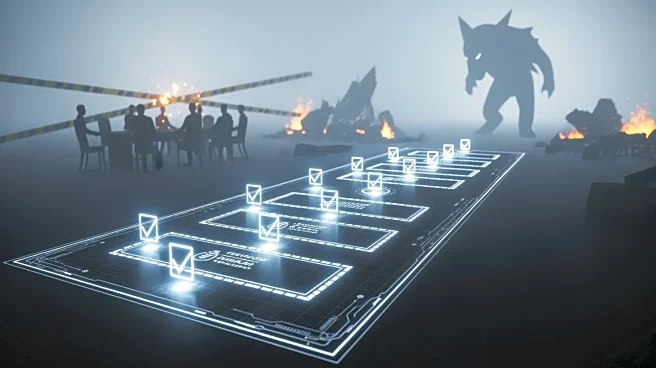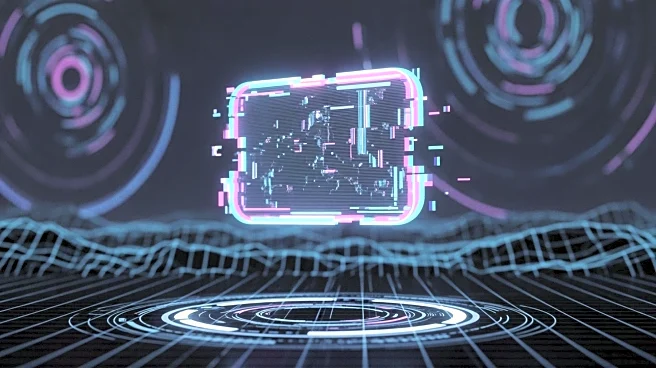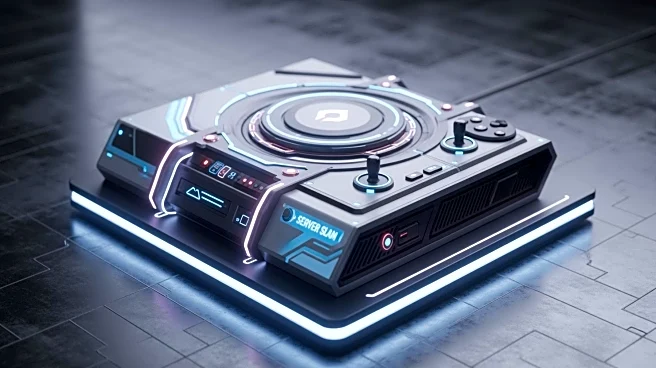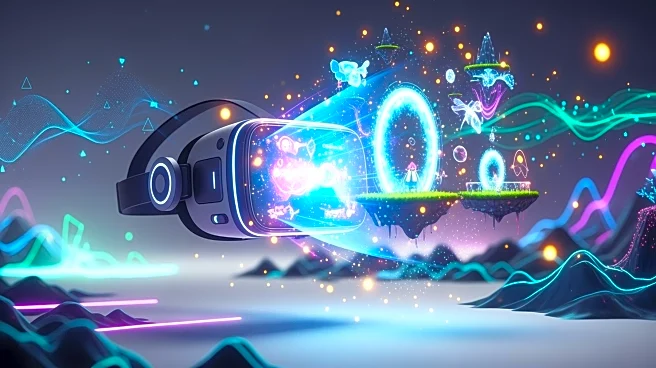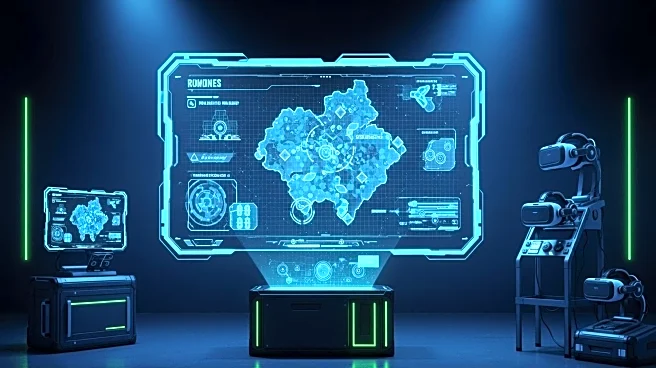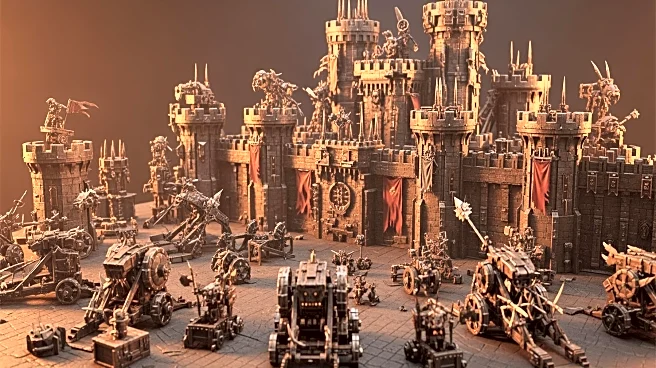What's Happening?
Techland has announced an 11-week roadmap for its game Dying Light: The Beast, detailing upcoming features and updates. The roadmap includes the introduction of new game plus, nightmare difficulty, and ray
tracing for PC users. Additionally, players can expect 'Legend Levels' and extra weapon executions. The updates will be released gradually, accompanied by weekly community challenges called 'Call of the Beast,' which offer rewards for completing specific tasks. The first challenge is themed around lumberjacking, providing players with a new vehicle skin and a woodcutter's axe for achieving set goals. This roadmap reflects Techland's commitment to enhancing the gaming experience post-launch.
Why It's Important?
The roadmap signifies Techland's dedication to maintaining player engagement and improving the gaming experience for Dying Light: The Beast. By introducing new features and challenges, Techland aims to keep the community active and invested in the game. The addition of ray tracing and new difficulty levels enhances the game's visual and gameplay depth, potentially attracting more players and increasing its longevity. This approach aligns with industry trends where developers focus on post-launch support to ensure games remain relevant and competitive in the market.
What's Next?
Players can anticipate a series of updates and challenges over the next 11 weeks, with Techland likely to continue engaging the community through these events. The success of these updates could influence Techland's future development strategies, possibly leading to similar post-launch support for other titles. The gaming community's response to these updates will be crucial in determining the roadmap's effectiveness and Techland's reputation for post-launch game support.
Beyond the Headlines
The roadmap's focus on community challenges highlights the growing importance of player interaction and engagement in the gaming industry. By fostering a sense of community and competition, Techland is tapping into the social aspects of gaming, which can lead to increased player retention and satisfaction. This strategy may set a precedent for other developers to prioritize community-driven content and updates.
